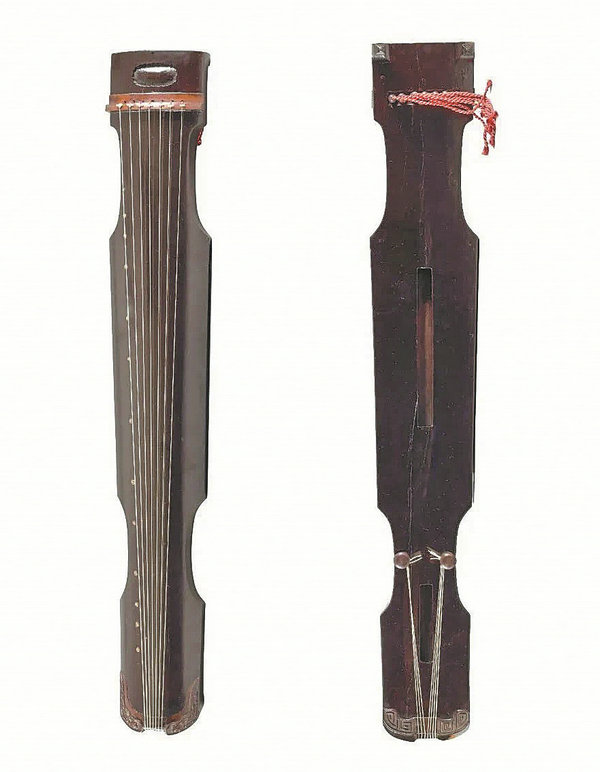

Sound of history
The earliest sound of music was heard some 6,000 years back along the Li River, in Hunan province, which is considered a birthplace of Chinese civilization. When people took a rest from working in the fields, they used farming tools to create sounds, and sang and danced to the beats. Musical instruments of different material were later invented to bring people great joy during group activities, such as hunting, playing games and dancing. Stone bells and pottery drums from the period are part of the display at Hearing and Seeing Huxiang, an exhibition running until Oct 30, at Hunan Museum, in the provincial capital Changsha. The exhibition navigates through the history of music in Hunan to offer a glimpse of the development of human society in which music served as not only a tool of entertainment but was also an essential part of rituals on important occasions, helping people connect with the universe and establish an early form of social hierarchy. Also on show are bronze nao, a percussion instrument in the shape of bells of various sizes that date back to around the 11th century BC. They were grouped to perform compositions at ceremonies. There are also pottery figures depicting musicians playing various kinds of instruments as a band. Such objects show the evolution of music and social norms, as well as cultural exchanges between ancient China and the world through the Silk Road.
9 am-5 pm, closed on Mondays. Dongfeng Road, Changsha, Hunan province. 0731-8441-5833.